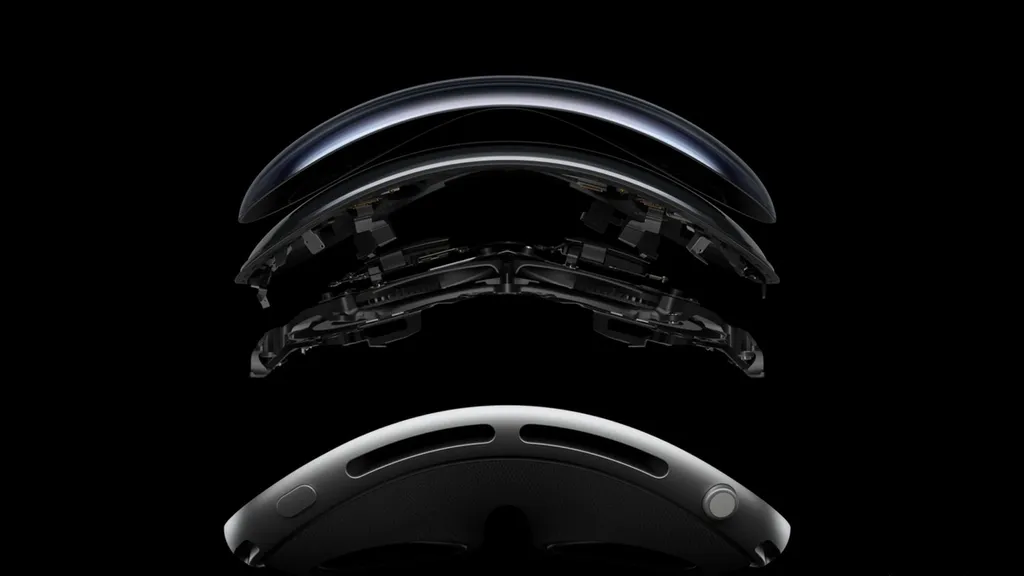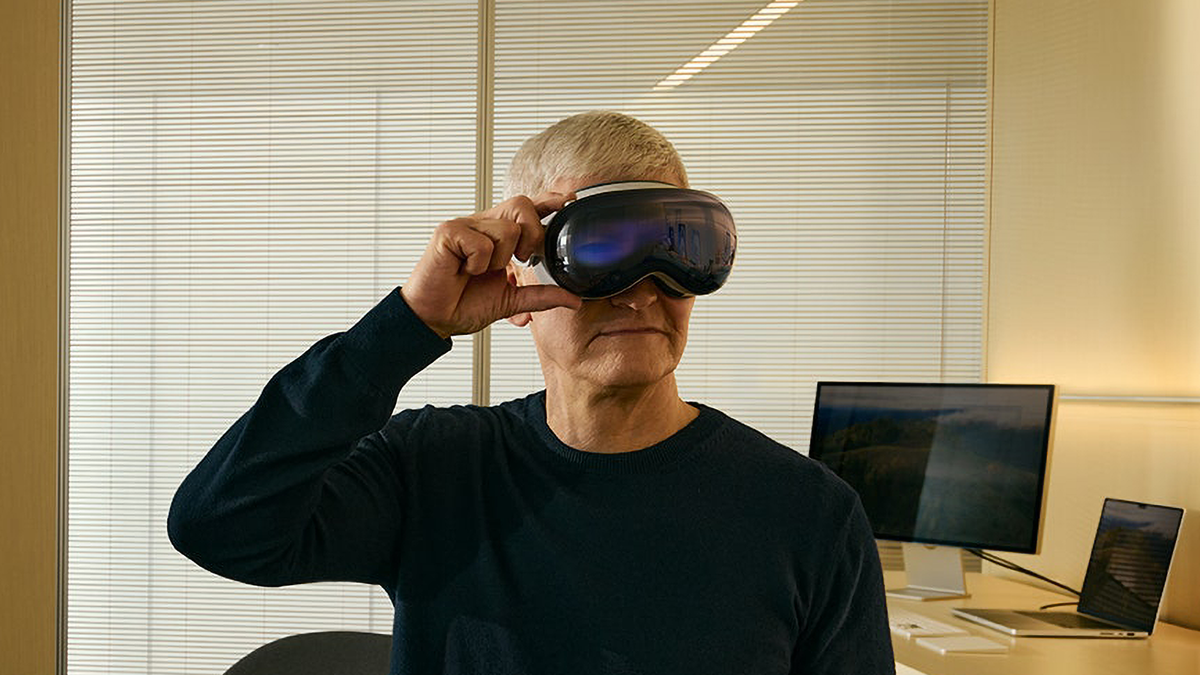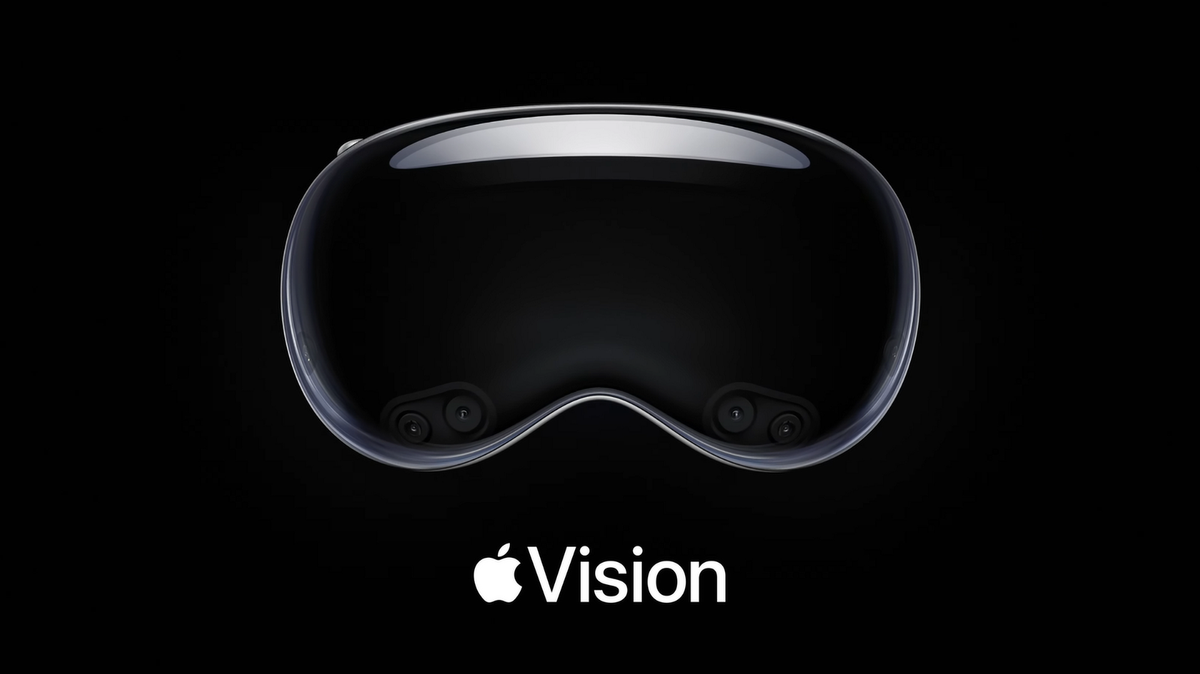Apple told Vision Pro's manufacturer it might ask it to stop Vision Pro production by the end of the year, The Information reports.
That does not, however, mean that Apple will stop selling Vision Pro before a new Vision headset is available. Major electronics companies typically produce significant volumes of stock in advance, and the report cites employees at three component suppliers as saying they have built enough for between 500,000 and 600,000 Vision Pro headsets to date.
The report suggests the production stop would be due to low demand. However, that figure is exactly in line with what The Information itself, The Financial Times, The Elec, and supply chain analyst Ming-Chi Kuo said before Vision Pro's launch was the number of micro-OLED display pairs Sony could produce per year, the limiting factor for the headset's production scale and main contributor to its cost.
A few days ago, Tim Cook said this about Apple Vision Pro to The Wall Street Journal:
“At $3,500, it’s not a mass-market product”
“Right now, it’s an early-adopter product. People who want to have tomorrow’s technology today—that’s who it’s for. Fortunately, there’s enough people who are in that camp that it’s exciting.”
The Information's new report also says Apple told a supplier to expect to produce enough components for 4 million units of the cheaper non-Pro Vision headset that many sources have reported Apple plans to launch in 2025.
A few weeks ago Bloomberg's Mark Gurman reported that Apple plans to price the headset at "about $2000". He also reiterated his previous reporting from last year that it would lack the EyeSight front display and "probably" feature an A-series chipset (used in iPhones) instead of M-series, as well as cheaper and lighter materials.
In May, Chinese news outlet WallStreetCN reported that the headset could weigh around 400 grams, significantly lighter than the 600-gram Vision Pro.
Apple also reportedly plans to release a refresh of Vision Pro itself with the M5 chip, up from the current M2 chip. The Information's new report says this refresh might "leave the rest of the device largely unchanged as a way to reuse excess components", echoing previous reports.






























